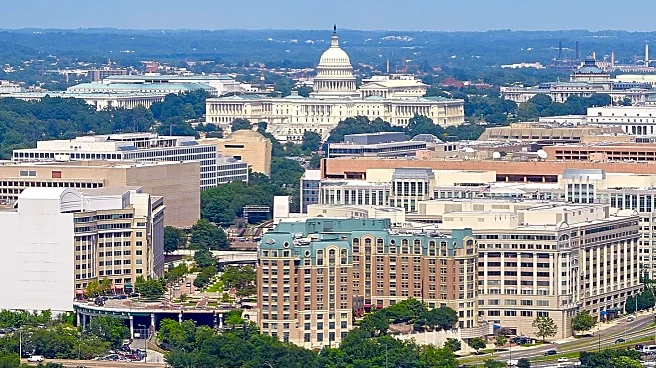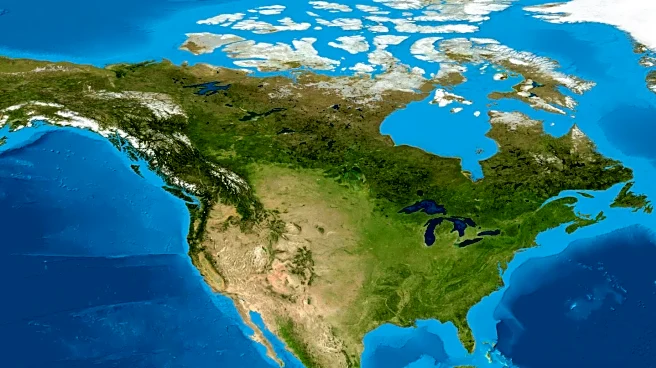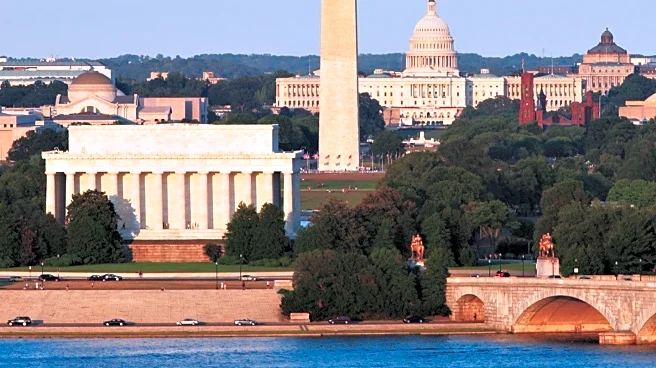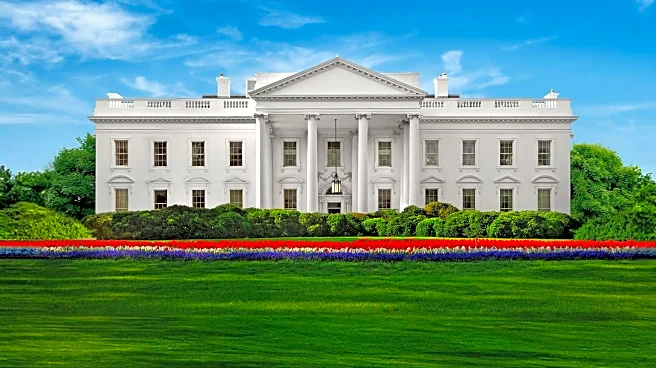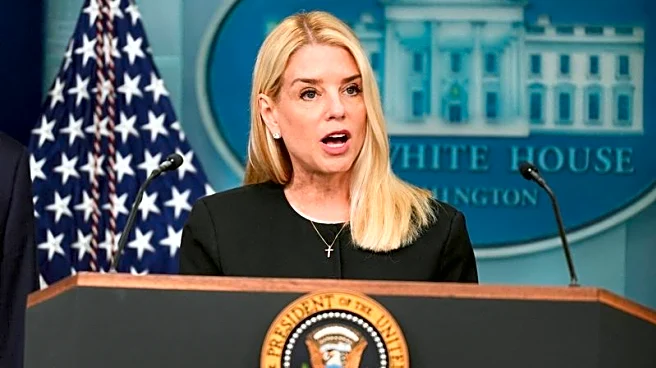What is the story about?
What's Happening?
Washington, D.C. experienced an unusually cool and dry day on Saturday, marking a rare occurrence for late August. The city basked in sunny weather with temperatures reaching a high of 78 degrees, which is eight degrees below the average for this time of year. The day was characterized by low humidity, with dew points remaining in the low 40s, creating a clear and invigorating atmosphere. This weather pattern is atypical for Washington's summer, which is often marked by high temperatures and humidity. The pleasant conditions provided a preview of autumn, as the city prepares for Labor Day, widely regarded as the unofficial end of summer.
Why It's Important?
The unseasonably cool weather in Washington, D.C. is significant as it offers relief from the typical summer heat and humidity that the region experiences. This change in weather can impact local activities, encouraging outdoor events and gatherings during the Labor Day weekend. Additionally, the cooler temperatures may influence energy consumption patterns, potentially reducing the demand for air conditioning and lowering electricity usage. The weather shift also serves as a reminder of the approaching autumn season, which can affect local businesses, tourism, and cultural events as they transition to fall activities.
What's Next?
As Washington, D.C. enjoys this brief respite from summer heat, residents and businesses may prepare for the upcoming autumn season. The weather forecast indicates that dry and sunny conditions will persist through Labor Day, with a chance of showers returning later in the week. This transition period may prompt local businesses to adjust their offerings to cater to fall activities and events. Additionally, residents may take advantage of the pleasant weather to engage in outdoor activities and celebrations during the holiday weekend.
Beyond the Headlines
The cooler weather in Washington, D.C. may have broader implications for climate patterns and environmental considerations. Such deviations from typical weather patterns can prompt discussions on climate change and its impact on local ecosystems. The occurrence of unseasonably cool days may also influence public perception of climate trends and encourage conversations about sustainable practices and environmental policies.
AI Generated Content
Do you find this article useful?
